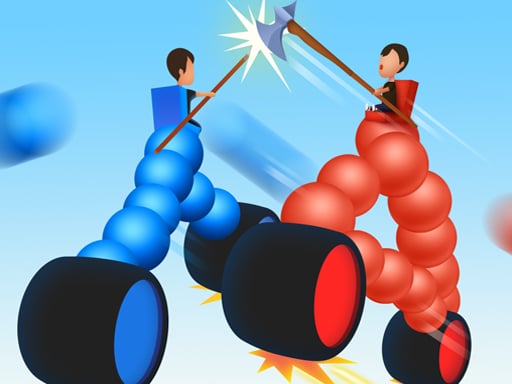Players are captivated by the immersive experiences and unique images offered by 3D games, which have emerged as a dominating force in the ever-changing gaming scene. Since the early days of blocky polygons, three-dimensional
monstertruck games have seen a remarkable change, pushing the limits of technology and imagination. Today, these games include worlds that are so realistic that they are almost unreal.

















































